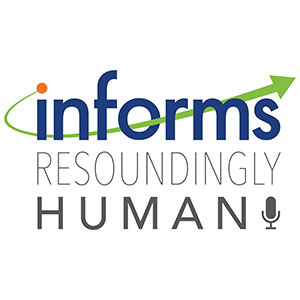
Good Question: Why Did the Vaccine Timeline Change for Those With Underlying Conditions?
We’ve been getting a lot of Good Questions about the vaccine. This question comes from Becky: “When the vaccine first came out, people with underlying issues were in Group 1b, now we are in Group 4. Why did that change and do we have an estimated timeframe as to when we will get to get them?” That timeline did change. Last month, North Carolina officials announced that the rollout groups would change. They said it was for the sake of simplicity. That meant expanding the vaccine to anyone age 65 and up. But also, reorganizing the rollout groups. The change bumped people with underlying issues down to Group 4.
The state has said it’s trying to align with the CDC guidance.















